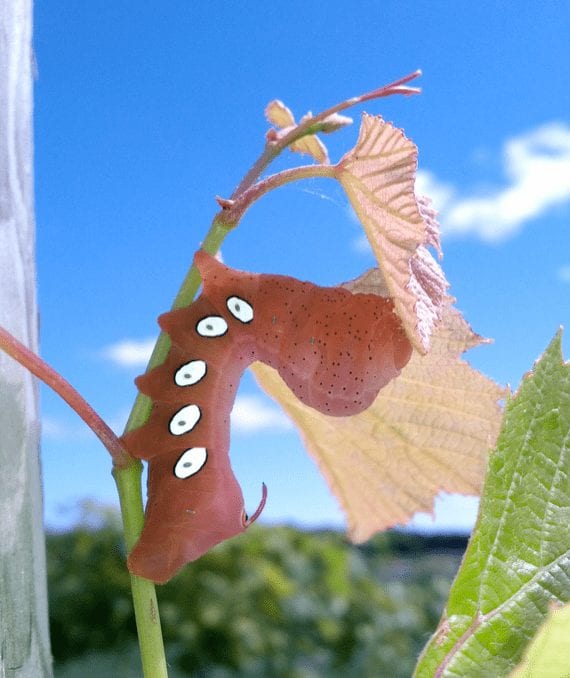
Creating Your Own Butterfly Garden
By Benjamin Fordham | Photo by Hilary Osborn
When it comes to insects, few are more popular than the butterfly. A butterfly alighted atop your finger or on your shoulder can create a sense of wonder at the natural world.
Butterflies can be distinguished from their close relative the moth by the way they hold their wings when resting. Butterflies hold their wings vertically when at rest, while moths hold their wings either roof-like over their bodies, curled around themselves, or flat against the surface they are resting on. Also, butterflies fly only during the day, while moths fly only at night.
One of the primary predators of butterfly larvae are birds, especially Stellar’s jays. To protect themselves, some larvae use defense mechanisms such as camouflage, poison, and hairs. Prickly hair on butterfly larvae can irritate a bird’s stomach lining, making them avoid them. Some larvae even disguise themselves as bird droppings!
With over 100 species of butterfly to be found in Humboldt County, there are ample opportunities to spot them in the wild. Swallowtails, Parnassians, Monarchs, Skippers, Brush-footed butterflies, Gossamer-wing butterflies, Whites and Sulphurs are just some of the families and sub-families that can be found locally. But did you know it was possible to create your own butterfly garden at home?
If you have a garden, you are well on your way to creating a butterfly garden. Even if you don’t have very much space, a few simple modifications can make a haven for your captivating winged friends. Here are some basic dos’ and don’ts.
Do plant the plants butterflies love to eat, namely the ones that produce sweet-smelling nectar and tree sap. Try some nasturtiums, lilac, and butterfly bush. Nasturtium in particular will draw butterflies away from your prized cabbages. Planting onions, thyme, or wormwood nearby will also help mask the smell of your favorite plants.
Nectar-producing plants will attract adult butterflies, but if you want them to stick around, make sweet butterfly love, and make some butterfly babies, you will need to make it nice and inviting for them. Butterflies like sheltered, sunny areas where they can feel at home. Yellow western tiger swallowtails in particular need willow, poplar, sycamore, and alder to start a family.
Do leave some weeds and longer grass in the corners of your new butterfly garden. The long grass will provide some shelter for the butterflies and their babies, and many weeds, including milkweed, clovers, nettles, thistles, and dandelions are choice food for adult and juvenile butterflies.
Don’t over-rake. The detritus will provide shelter for butterfly eggs, and some species may overwinter in leaf litter or burrowed into the earth beneath it. Also, don’t use pesticides in your new butterfly garden. They will kill your new butterfly friends!
It’s also a good idea to keep your butterfly garden separate from your kid/pet garden, as they may disturb the fragile ecosystem you have carefully created (Yes!).
Follow these simple tips and before long you will have your very own enchanted butterfly garden, which is loads better than a non-enchanted one.



Leave a Reply